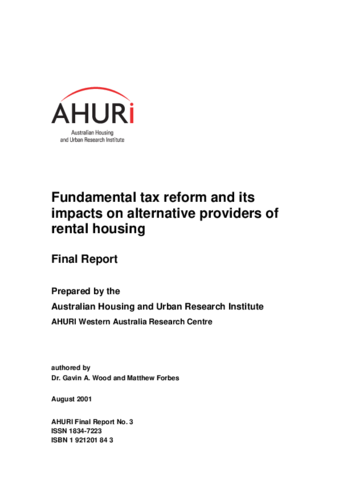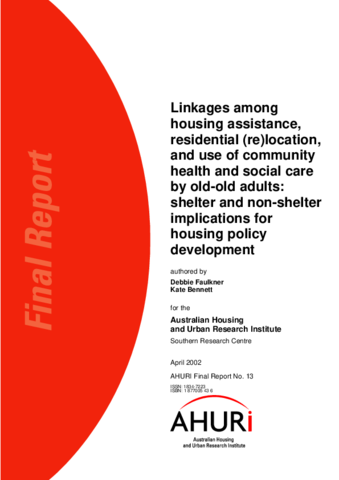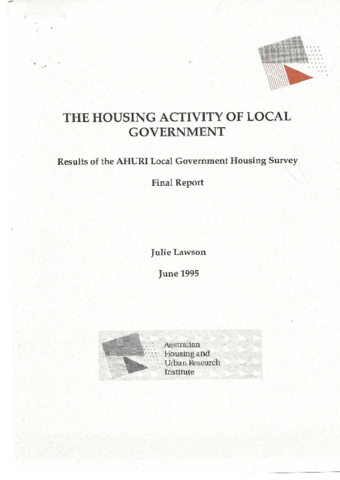
Search
Enter a keyword search term
Search results for
Sort by
Intensification
Residential intensification is the process of increasing the overall number of residential units in a given area. It can involve reusing, expanding, or redeveloping existing buildings, land, or areas. The process of residential intensification should manage the impact that denser development has on existing houses, while optimising the success of the future neighbourhood.
Affordable housing
Housing offered at a below market price, whether this be rent (e.g. public housing, community housing, private rental housing) or home ownership. Affordable housing is targeted at very low-to moderate-income households and is priced to be affordable to them. Usually this means that housing costs should not exceed 30 per cent of gross household income.
Public housing
Housing, other than employee housing, that is owned and managed by government directly. Also see community housing
Accessible housing
Housing that includes features such as wheelchair access ramp, grab rails and other adjustments that enable use by people either with a disability or to assist in transitioning through their life stages.
Active transport
This includes all forms of transport that require physical activity for movement, including cycling, walking and other non-motorised forms.




